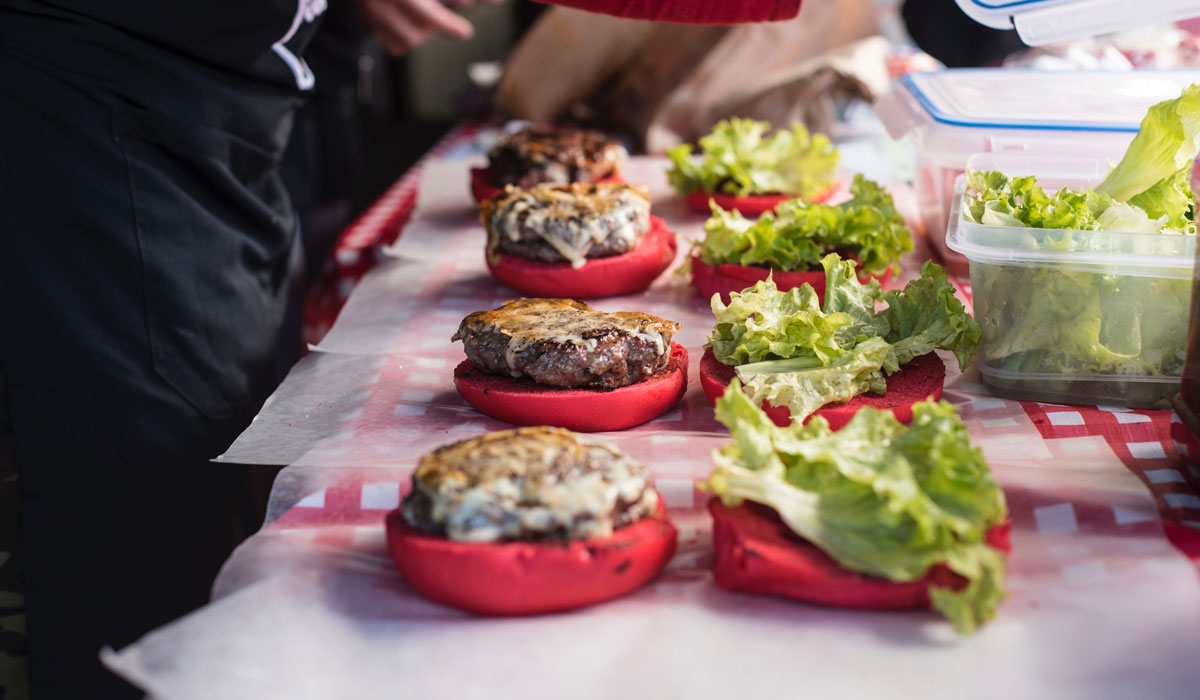In the last month, the world has changed dramatically and drastically for restaurants across the U.S. The serious and devastating impact of coronavirus does not discriminate; small to large restaurants are affected in equal measure, as concerns about safety, implementation of social distancing and fears and anxiety have reduced traffic, forced temporary closings in certain cases and put the viability of a number of establishments at risk.
It’s a scary time. With a looming period of uncertainty as our country assesses what steps need to be taken over the next few weeks.
Virtually every restaurant today is following CDC and local health guidelines concerning safety protocols, density restriction issues, cleanliness and engagement. There is uniform acceptance and understanding that these rules are absolute and need to be followed. But there are no prescribed guidelines for how to communicate with customers, partners, suppliers and the communities served by local restaurants. Each restaurant, to some degree of another, is doing their own thing, in some cases, making it up as they go along. Operating in unchartered territory, restaurants are feeling their way in the dark, trying to connect with customers in a way that both reassures and attracts, a clear reminder that “we are open for business” during this challenging time. Communications becomes front and center, messaging at every touchpoint—particularly social—that, mobile food options are available, reinforcing that the food customers love is still as delicious prepared in a safe manner.
Based on our years of experience as crisis communicators helping clients navigate disruptions across industries, we’ve developed a simple communications checklist for restaurants to consider as they manage through this period:
- Update your email/contact lists of customers, partners, staff, suppliers, government officials and others
- Engage, update and revise your owned and outside social media channels—your restaurant website, Facebook, Twitter, LinkedIn
Update your customers frequently and with purpose
- Go beyond the core safety, density, cleanliness messages
- Describe pick up/delivery options
- Talk about the deliciousness of your food, prepared in a safe manner
- Promote your menu
- Develop or tweak current menu items to suit the situation more appropriately; omit or deemphasize items that don’t travel well (fried foods) or add items that encourage leftovers.
- Honor and recognize your team members—they are the faces and talent of your restaurant
Connect with your suppliers and partners on a consistent basis
- Keep them updated and apprised of situation
- A changing revenue mix might require different materials/needs
Avail yourself of government assistance programs
- Reach out to local/state/federal authorities to explore loans, subsidies, grants
Beef up community engagement
- Supporting school meal programs in need
- Local charities/non-profits
Answer the phone
- Be present and engaged with customers and others
- Take the opportunity to remind them you remain a presence in the community and employer—and that you are still in business
Bring your team members into the communications loop
- Use their stories in customer engagement
- They become ambassadors for the brand
Reputations can be destroyed in a moment but can take months and years to restore. And reputations are defined by how companies act in moments of crisis, fear and anxiety. Restaurants have an opportunity today, through effective communications, to validate the trust of their customers, lead in their communities and sow the seeds for a return to normalcy.
Susie Fogelson is a founder of F&Co, an f&b branding consultancy and a partner at Throughco Communications, a crisis communications and marketing firm.













